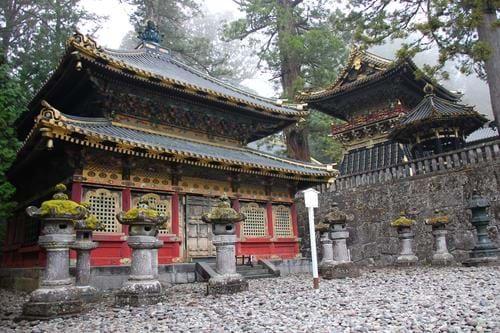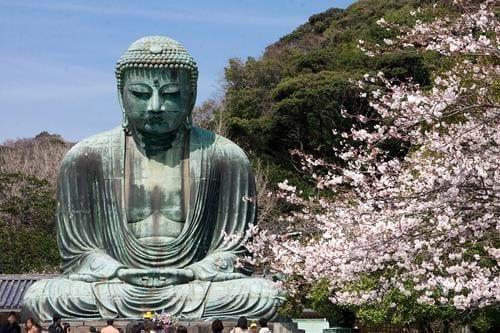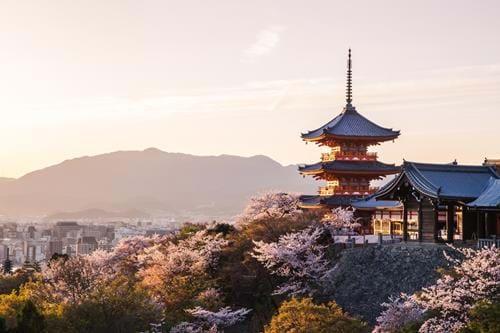Tailor-Made Tour
- Duration14 Days
- Flights IncludedYes
- Prices From £ 6698
 Places Visited :
Tokyo, Tsumago, Kyoto, Miyajima, Hiroshima, Osaka
Places Visited :
Tokyo, Tsumago, Kyoto, Miyajima, Hiroshima, Osaka
Emphasizing the twin facets of Japan, the pivotal points on this 2-week trip are stays in ‘modern’ Tokyo and ‘traditional’ Kyoto. As a stepping stone between the two, you’ll spend the night in the idyllic rural village of Tsumago, famed for its Edo-period houses and shops. Four nights in Kyoto allows you to venture well off the beaten track and experience more secluded aspects of this most Japanese of cities: hidden Zen gardens and ridgetop temples; old-style tea shops; and cherry tree-lined canals. Afterwards, a night in the wonderfully old-fashioned ryokan on Miyajima Island enables you to sidestep the crowds again and experience the essential serenity of one of Japan’s most revered Shinto shrines. Rounding off the tour is a night in Osaka, from where you fly home.
Remember, this trip can be personalised to suit your travel needs - we can tailor everything from hotel, travel type, duration and more.

.jpg) is made in front of you and served one at a time. The flavours are nothing short of a revelation!
is made in front of you and served one at a time. The flavours are nothing short of a revelation!.jpg)





.jpg)




















